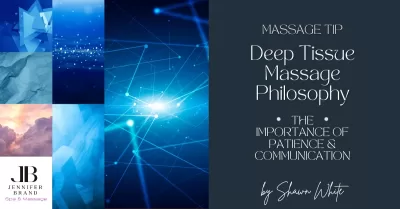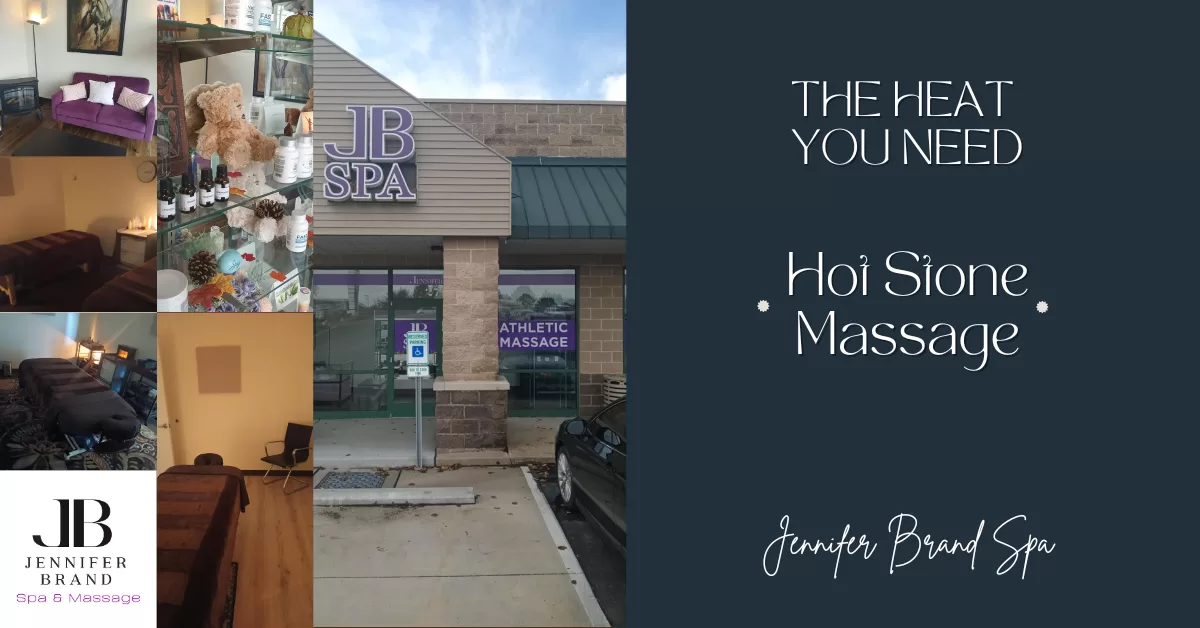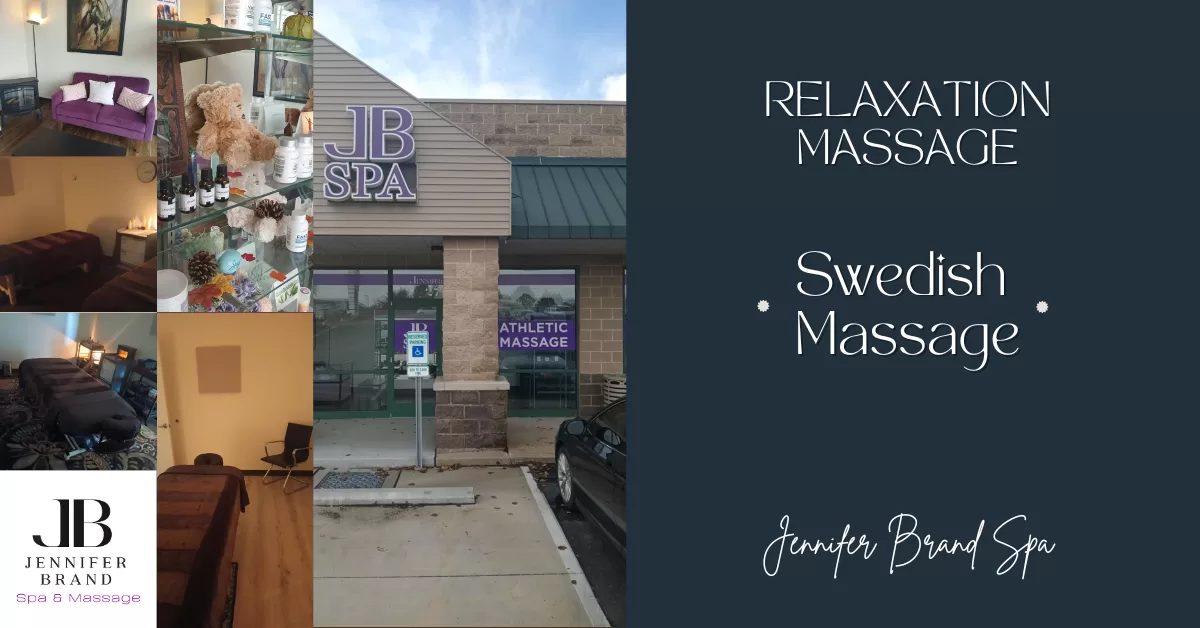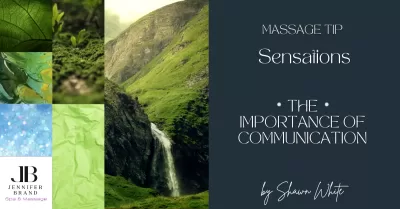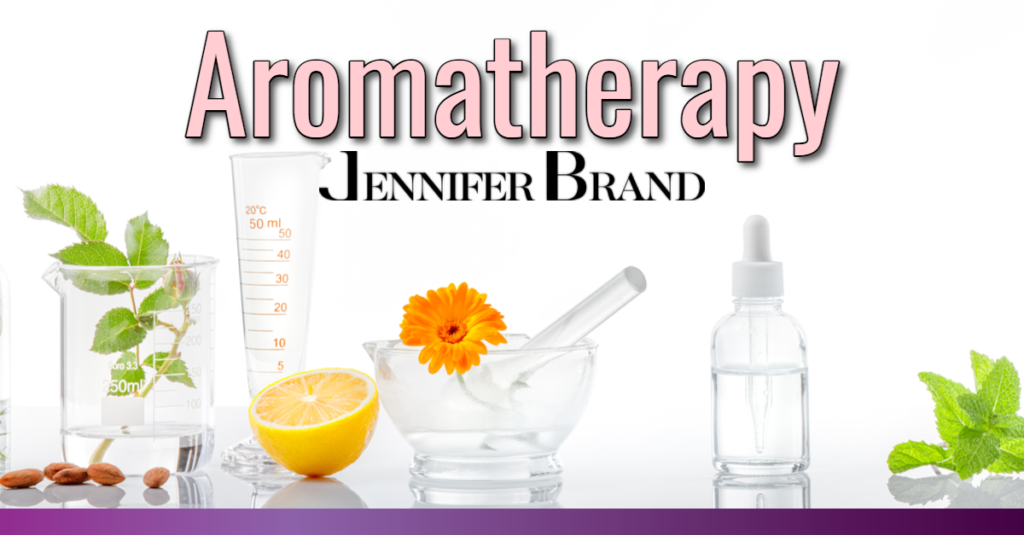
Aromatherapy
What is Aromatherapy?
Aromatherapy is best described as the topical application or inhalation of essential oils. Essential oils are products derived from aromatic plants with restorative or health enhancing benefits. They are often used in cosmetics for the beauty enriching qualities. The field of aromatherapy has a wide array of activities from therapeutic applications of essential oils to fragrance techniques designed to increase quality of life.
Brief History of Aromatherapy
Historians believe primitive perfumery may have begun with the burning of gums and resins for incense. As early as the Egyptian culture resins, balms, and fragrant oils were used by the priests for religious ceremonies. Hippocrates, known as the father of modern medicine, stated: “the key to good health rests on having a daily aromatic bath and scented massage.” In 100 AD Discorides discussed the value of herbs and essential oils such as basil, cardamom, cinnamon, fennel, frankincense, juniper, myrrh, pine, rose, rosemary, and thyme. Ancient China and India used ayurvedic medicine in massage with aromatic oils such as Jasmine was used as a general tonic, Rose as an antidepressant and to improve health of the liver.
“Distillation of essential oils is credited to the Persians in the 10th century, although there is evidence of distillation long before that by other ancient cultures. By the 16th century printed books were readily available and gave rise to a new era of progress and the spread of knowledge. A German physician, Hieronymus Braunschweig, wrote several books on essential oil distillation which went through hundreds of editions in every European language In 1597 he referenced 25 essential oils included rosemary, lavender, clove, cinnamon, myrrh, and nutmeg. Many books about distillation of essential oils were written in the 16th century, especially in Germany, which seemed to be the center of European aromatherapy renaissance.
The role of micro-organisms in disease was recognized in the 1880’s and by 1887 French physicians first recorded laboratory tests on the anti-bacterial properties of essential oils. These early tests resulted from the observation that there was a low incidence of tuberculosis in the flower growing districts in southern France. In 1888 a similar paper was published showing the micro-organisms of glandular and yellow fever were easily killed by active properties of oregano, Chinese cinnamon, angelica and geranium.
By the nineteenth century the role of the medical doctor was well established and in spite of regular use of essential oils, the medical professional became firmly fixed on isolating the active principles of natural substances and producing chemical drugs based on the identified “active ingredient” of the natural substance. However, it could be noted that, the French and German medical profession maintained a close connection with the healing properties of botanicals and did not experience the schism with botanical medicine as we have experienced in the United States over the last two hundred years.
In 1910, Rene Gattefosse discovered the healing properties of lavender after severely burning his hands in a laboratory explosion. He later used the wound healing and antiseptic properties of essential oils in the care of soldiers in military hospitals during WWI. Gattefosse coined the term “aromatherapy” with the 1937 publication of his book, of the same name. Gattefosse’s book has since been translated into English as Gattefosse’s Aromatherapy (1993). Dr. Jean Valnet, a French army surgeon used essential oils in the treatment of war wounds during the French Indochina War and wrote the book, Practice of Aromatherapy, which was translated into the English in 1964.
Marguerite Maury, a French biochemist and nurse, lectured and gave seminars in the early 30ies throughout Europe on the rejuvenating properties of essential oils and resulting overall sense of well being they provided. [sic]” –Source
Basics of Aromatherapy
When performing aromatherapy it is important to be aware of the following:
- Use genuine 100% essential oils (avoid synthetic fragrance oils).
- If you are working on a client ask about their sensitives and allergies.
- Use diluted in a carrier, such as lotion, vegetable oil.
- Know the photosensitive essential oils: angelica root, bergamot, bitter orange, lemon, and lime.
- If the skin becomes irritated during an aromatherapy session apply copious amounts of vegetable oil to help wick essential oils from the skin.
- Keep all essential oils out of reach of children, and animals; and store away from light, heat and fire.
- Essential oils can stain clothing, sheets and furniture. Thoroughly wash any linens that come in contract with oil or essential oils to reduce the likelihood of causing a fire when drying them.
Dilution Guidelines
Dilution Guideline:
- 0.5 % = 3 drops per ounce (sensitive skin, emotional and spiritual purposes)
- 1% = 6 drops per ounce (recommended for children, expectant mothers, skin care)
- 2% = 12 drops per ounce (massage, body lotion)
- 3% = 18 drops per ounce (massage, body lotion)
- 10% = 3 ml (sixty drops) (pain, infection, usually on small body area)
Methods of Use:
- Bath – sitz, hand, foot, full bath. Use 6-8 drops total per adult, always using a carrier to disperse into the water. Avoid irritating oils such as peppermint, spice, & citrus oils. Bath is useful for respiratory, stress and insomnia complaints. Water and heat increases absorption.
- Inhalation – personal and environmental fragrance, steam inhalation, diffuser, aroma lamp, room sprays, tissue, humidifier, potpourri pots, candles, jewelry
- Massage – localized or whole body. 2-3% dilution in a vegetable, nut or seed oil as a carrier, or unscented natural lotion. 4% dilution (24 drops/oz.) can be used for local areas needing stronger concentration.
- Facial steam – 1-3 drops in a bowl of hot water. Use skin friendly essential oils (lavender, geranium, R. chamomile) according to skin type, keep eyes closed.
- Compresses – hot, cold & alternating; local treatments for headaches, menstrual pain, muscle pain. Whole body wraps for encouraging general detoxification, relaxation and stress maintenance.
- Clay masks – for face and whole body clay packs.
Guidelines provided by the Alliance of International Aromatherapists.
Deep Tissue Massage Philosophy
Deep Tissue Massage Philosophy Massage Tip Today we are going to dive into Deep Tissue Massage Philosophy. Deep Tissue massage can be a majestic experience, especially for those who are seeking corrective [...]
Prenatal Massage
Prenatal Massage If you are searching for the most pleasurable Prenatal Massage in O’Fallon MO, you are in the right place. Our expert massage therapists love helping people like you discover the peace [...]
Hot Stone Massage
Hot Stone Massage If you are searching for the most heavenly Hot Stone Massage in O’Fallon MO, you are in the right place. Our expert massage therapists love helping people like you discover [...]
Swedish Massage
Swedish Massage If you are searching for the most exquisite Swedish Massage in O’Fallon MO, you are in the right place. Our expert massage therapists love helping people like you discover the peace [...]
Sensations
Sensations Massage Tip When receiving a massage, uncomfortable sensations are often divided into two main categories, “hurts so good”, and “ouch that hurts”. If the sensation is “ouch that hurts”, the pressure [...]
Hats
Hats Silly Poem Hats and meats and butter beans, these are all the things you might find on a submarine. Oats and bones and cheese flavored scones, these are all the things you [...]
